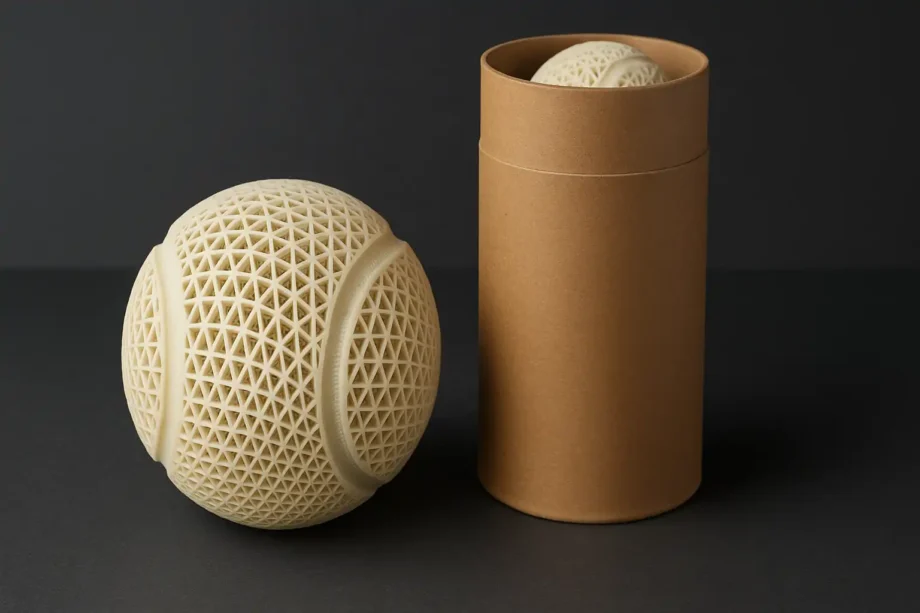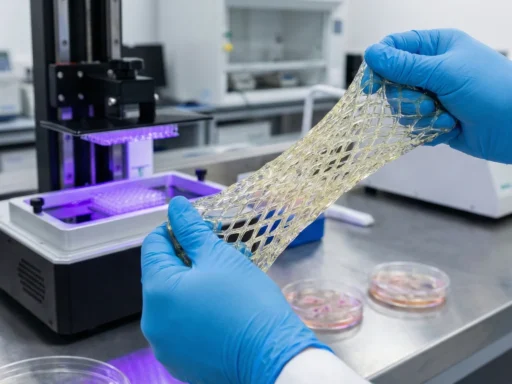Noé Chouraqui, a third-year Product and Industrial Design student at Central Saint Martins, has 3D printed POINT, a next-gen tennis ball designed to challenge the lack of sustainability in tennis. The sport’s most pressing environmental issue is that over 300 million tennis balls are produced annually across the globe, with most of them ending up in landfills due to their short lifespan and limited recyclability. Conventional balls can take up to 400 years to decompose, leaving a dramatic ecological footprint.
As his final year project, Chouraqui described how additive manufacturing and green materials could create a durable, fully recyclable alternative. POINT was thoroughly tested using advanced software, including Fusion 360 and BambuLab Studio. Chouraqui experimented with diverse filaments, internal lattice structures, and printing parameters before selecting High Resilience PLA (PLA-HR), a plant-derived filament primarily made from corn starch. “I wanted to demonstrate that sustainability and high-performance standards can coexist,” said Chouraqui in an interview with Dezeen.
The prototype underwent official testing by Jamie Capel Davies, Head of Science and Technical at the International Tennis Federation (ITF). Results demonstrated that POINT’s aerodynamic performance mimicked one of traditional tennis balls, and the ITF Technical Commission is now reviewing the data to potentially approve official match play.
In addition to the ball itself, Chouraqui developed sustainable cardboard tubes for packaging, further reducing environmental impact. His extensive iteration process resulted in a unique, patented design combining strength, bounce, and durability.
POINT exemplifies how innovation and technology can revolutionize sports equipment while addressing environmental concerns. Chouraqui has merged 3D printing, eco-friendly materials, and meticulous testing to offer a model for sustainable solution without compromising on performance.






